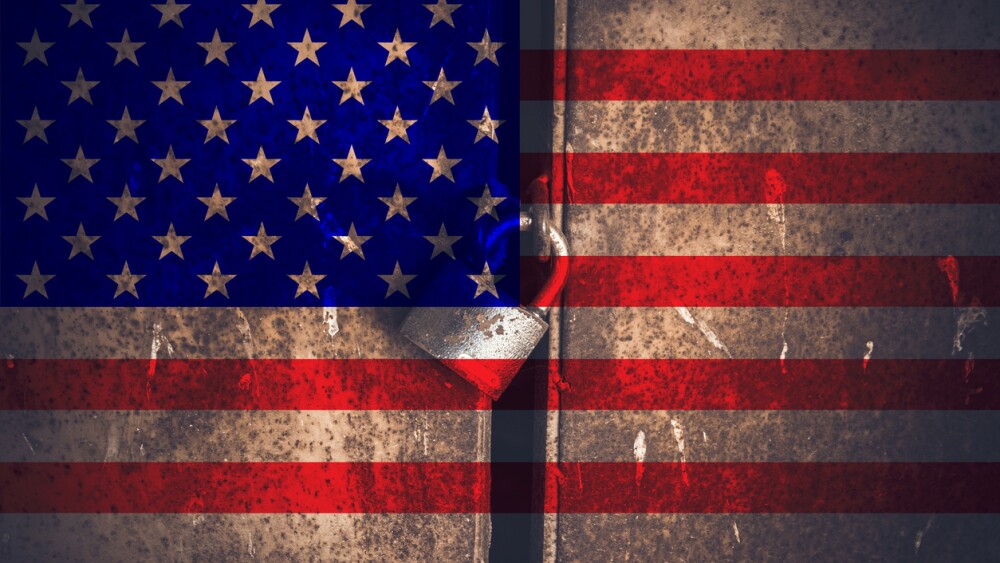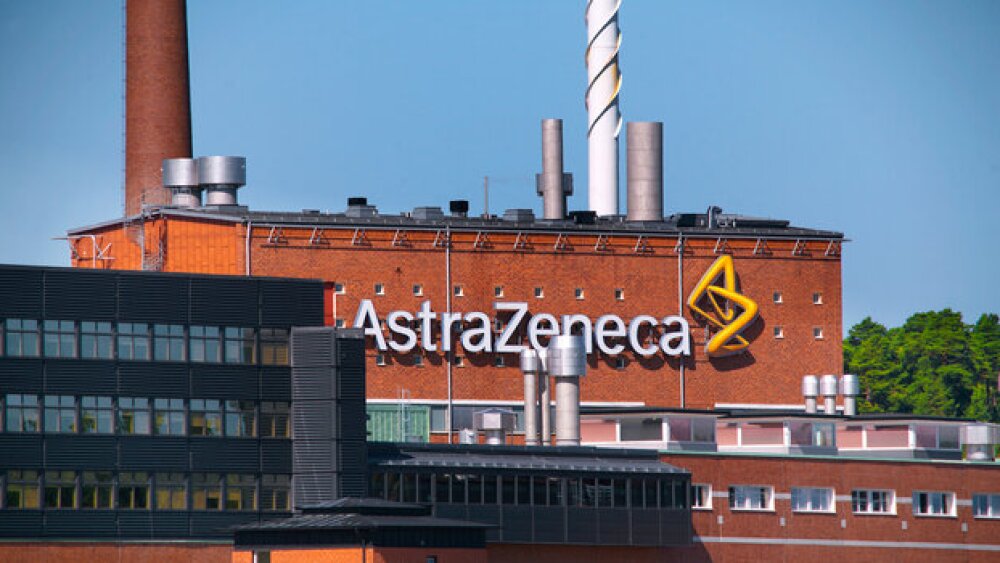The DBS technique is a sample processing and storage method in which small samples of blood are taken, dried on pre-treated paper cards and stored for subsequent analysis. This technique avoids the preparation of plasma, and permits the use of very small samples (typically between 10 and 50 microliters of blood) for pharmacokinetic and/or toxicokinetic analyses. It also facilitates sample storage, archiving and shipment. At the time of analysis, the drug is recovered from the paper card by solvent extraction and analyzed by traditional chromatographic (or other) techniques.
Many small molecule therapeutics can benefit from the DBS approach. Preliminary verification in the laboratory will determine its applicability. Pediatric medicine was among the first to use the technique and it is now arousing great interest in other fields.
Adoption of the DBS technique will bring ethical, scientific and cost benefits to CIT clients. For example, the small sample volume means that in many cases rodent studies will not need to use extra groups of animals just for pharmacokinetic monitoring, thus bringing a corresponding reduction in animal use. In the best cases, it will be possible to obtain a complete pharmacokinetic profile from a single rodent animal. The technique can be used across the range of discovery and regulatory toxicology, pharmacology and pharmacokinetics studies. It will also facilitate the performance of studies with animals having a limited blood volume (such as juvenile animals or transgenic mice).
As an example of the use of this approach, CIT has validated the bioanalytical method (using DBS) for determination of sulpiride in dog blood. Interested parties can request the validation report through the website www.citox.com
“In the current competitive environment, CIT has to be quick to bring the benefits of new technical approaches to our clients,” said Dr Thibault Ameller, Head of the Drug, Metabolism and Pharmacokinetics Department at CIT. “This approach can reduce animal use by up to 60 per cent and study costs by 11 to 25 per cent in a typical rodent project for an IND-enabling dossier.”
About CIT www.citox.com
With a staff of 360, CIT offers a full range of research in general toxicology, reproductive toxicology, carcinogenicity, pharmacokinetics and safety pharmacology. The company also carries out research into genetic toxicology, in vitro testing, ecotoxicology and toxicogenomics.
Its 20,000 sq m (215,000 sq ft) facilities located in Normandy, one hour from Paris, France, house all principal laboratory animal species to the highest standards. Laboratory facilities include analytical chemistry and bioanalysis, clinical pathology, genomics and histology. Support facilities include archives and plant buildings. The company is GLP and AAALAC certified.
More than half the company’s business comes from international customers. Overall, 80 per cent of revenues are in the pharmaceutical and biotechnology sector. Biotechnology and start-up companies alone account for 50 per cent.
The company has a world-class team of top-level management in scientific, financial and business activities.
Lynne Chapman ANDREW LLOYD & ASSOCIATES http://www.ala.com lynne@ala.com
Brighton Business Centre 95 Ditchling Road Brighton BN1 4ST ENGLAND Tel: +44 1273 675100 Fax: +44 1273 675400
55 rue Boissonade 75014 Paris FRANCE Tel: +33 1 56 54 07 00 Fax: +33 1 56 54 07 01




